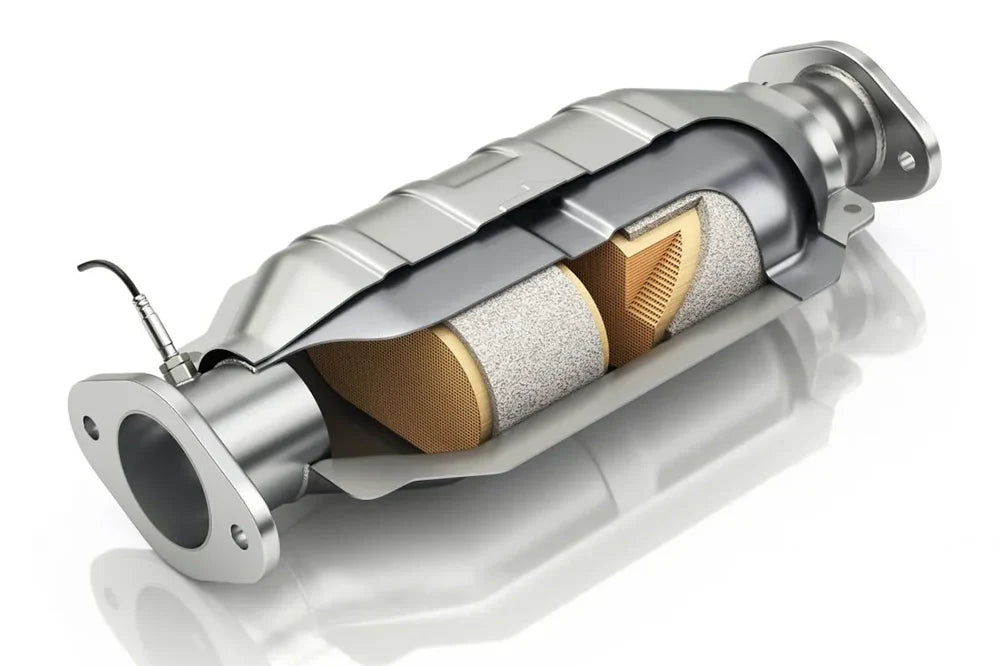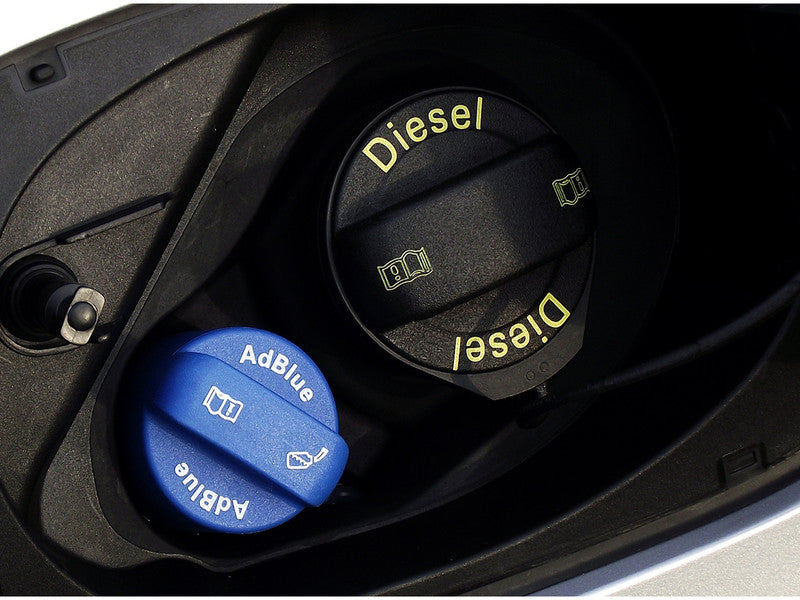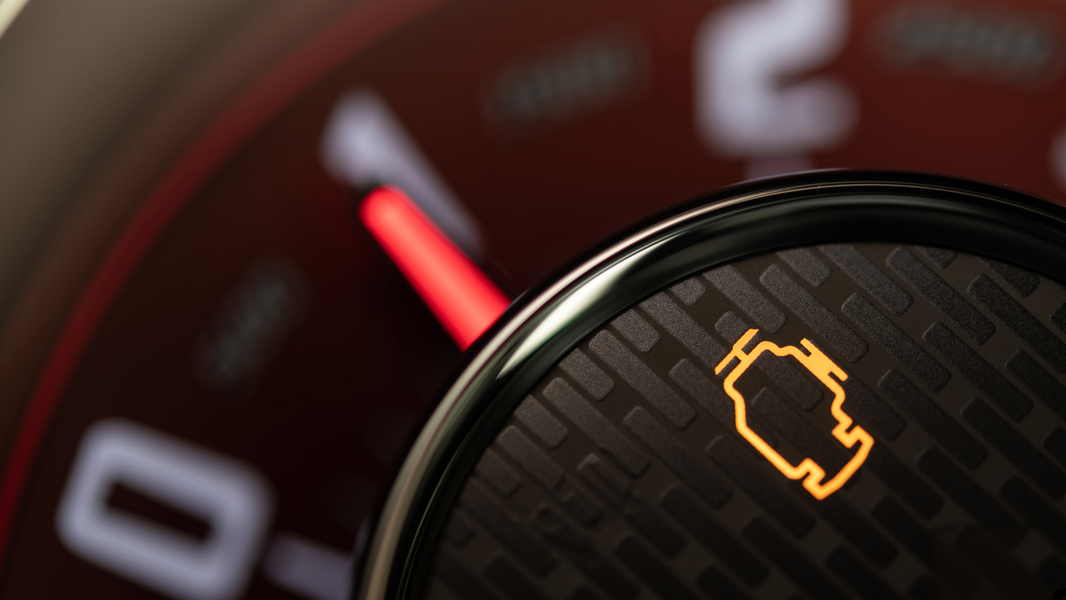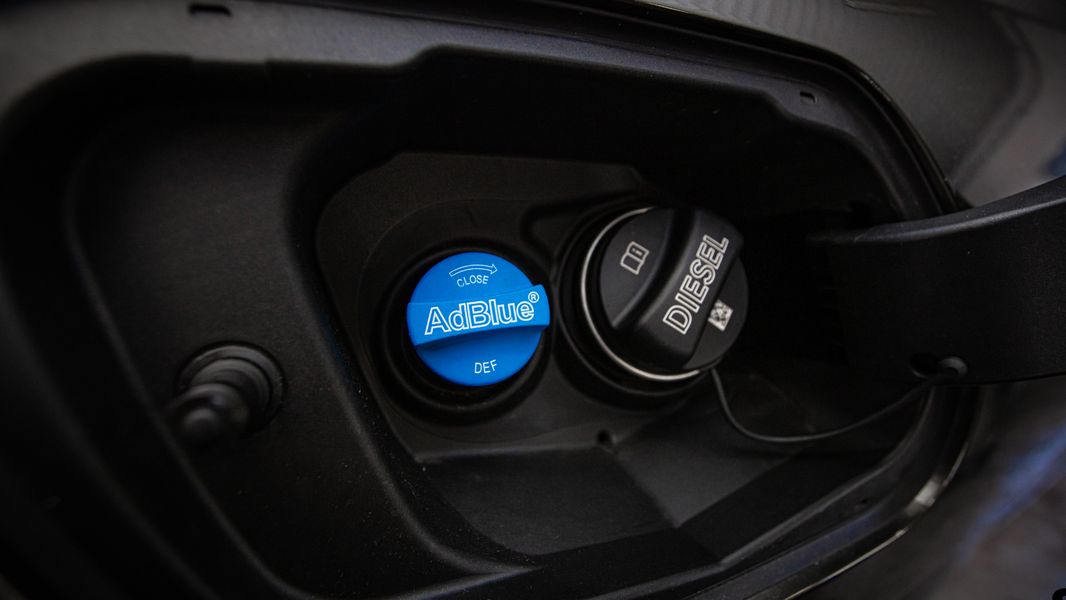In the automotive industry, the ability to diagnose vehicle issues accurately is paramount. This comprehensive blog post will explore the critical differences between advanced car diagnostics and basic EOBD (European On-Board Diagnostics) systems.
We’ll begin by defining basic EOBD diagnostics, which focus primarily on monitoring emission-related components and ensuring compliance with environmental regulations. This system retrieves diagnostic trouble codes (DTCs) related to emissions, allowing mechanics to identify and address issues such as faulty oxygen sensors, catalytic converters, and exhaust gas recirculation (EGR) systems.
Next, we’ll dive into advanced car diagnostics, which utilize cutting-edge technology and sophisticated software to provide a deeper analysis of a vehicle’s performance. These systems can access a broader range of data from multiple control modules, such as engine management, transmission, ABS, and even advanced driver-assistance systems (ADAS). We’ll discuss how advanced diagnostics involve techniques like live data streaming, component activation tests, and specialized software tools that can pinpoint issues with remarkable accuracy.
Additionally, this post will highlight the benefits of each diagnostic approach. Basic EOBD diagnostics are essential for regulatory compliance and can provide quick insights for common issues, making them ideal for general maintenance. In contrast, advanced diagnostics are invaluable for complex repairs, allowing for more precise troubleshooting and reducing the time and cost associated with trial-and-error methods.
By the end of this blog, readers will have a clear understanding of when to utilize basic versus advanced diagnostics, empowering them to make informed decisions about vehicle maintenance and repairs.





